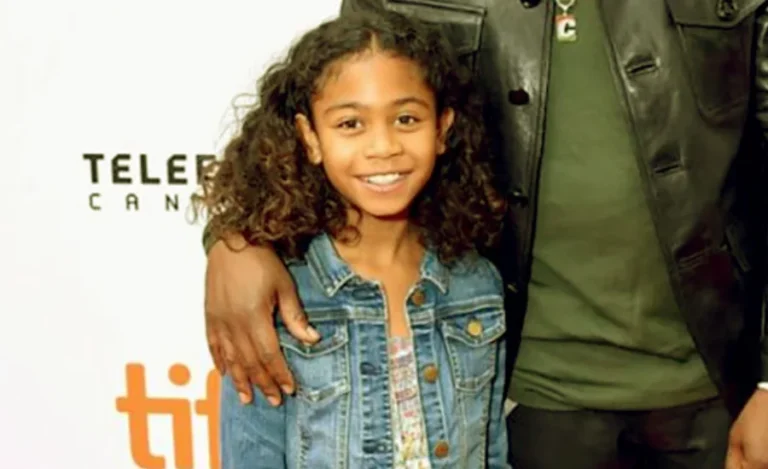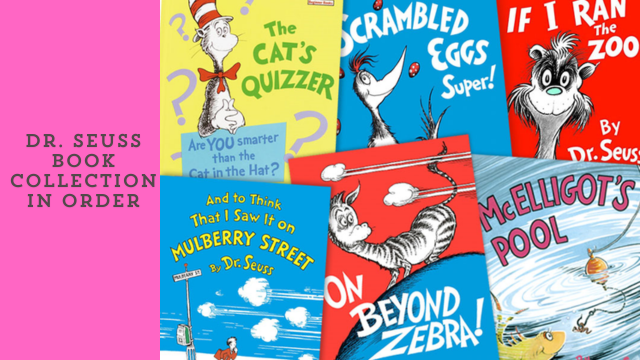The Legacy and Impact of Dr. Seuss Books: A Comprehensive Guide
Dr. Seuss, whose real name was Theodor Seuss Geisel, created some of the most memorable children’s books of all time. With his imaginative characters, rhyming words, and colorful illustrations, Dr. Seuss books have captivated readers for generations. In this post, we’ll explore the history, themes, and importance of his books, as well as why they continue to inspire readers of all ages.
The Beginning of Dr. Seuss Books
Early Life of Theodor Seuss Geisel
Theodor Seuss Geisel was born on March 2, 1904, in Springfield, Massachusetts. As a child, his mother used to sing him rhymes, which sparked his love for words. His father, who ran a zoo, also influenced his stories, many of which feature animals.
Starting His Career as Dr. Seuss
Before writing children’s books, Theodor worked in advertising and drew illustrations for magazines. His first children’s book, And to Think That I Saw It on Mulberry Street, was published in 1937 after many publishers rejected it. He chose the pen name “Dr. Seuss,” using his middle name “Seuss” and “Dr.” as a nod to his father, who wanted him to become a doctor.
What Makes Dr. Seuss Books Special
Rhymes and Wordplay
Dr. Seuss is famous for his clever rhymes and playful use of language. His books are fun to read aloud, which helps young children learn to recognize sounds and words. The rhyming makes the stories memorable and easy to repeat, which is great for kids learning how to read.
Unique Illustrations
Dr. Seuss was also known for his quirky and colorful drawings. His illustrations match the fun and imaginative style of his writing. Characters like the Cat in the Hat and the Grinch have unusual appearances that make them stand out and become unforgettable.
Important Messages in Simple Stories
Even though Dr. Seuss wrote for children, his books often teach important lessons. Themes like being kind, respecting the environment, and accepting differences appear in many of his stories. For example, The Lorax warns about harming the environment, and The Sneetches teaches that we should accept people who are different from us.
Famous Dr. Seuss Books and Their Meaning
1. The Cat in the Hat (1957)
The Cat in the Hat is one of Dr. Seuss’s most well-known books. The story is about a mischievous cat who visits two children and turns their day upside down. This book helped make reading fun for young children and is still a favorite today.
2. Green Eggs and Ham (1960)
With just 50 different words, Green Eggs and Ham tells the story of Sam-I-Am, who tries to get someone to try a dish they’ve never eaten before. Its simple language and repetitive phrases make it perfect for early readers, and the lesson is clear: don’t be afraid to try new things.
3. How the Grinch Stole Christmas! (1957)
In How the Grinch Stole Christmas!, the Grinch tries to ruin Christmas for the people of Whoville. But in the end, he learns that Christmas isn’t about presents but about kindness and togetherness. This story has become a holiday classic, adapted into movies and TV specials.
4. The Lorax (1971)
The Lorax is one of Dr. Seuss’s most powerful books about protecting the environment. The Lorax speaks for the trees and warns about the dangers of cutting down forests. Its message about taking care of nature is still very relevant today.
5. Oh, The Places You’ll Go! (1990)
This book is a favorite for graduations and life milestones. Oh, The Places You’ll Go! is about the journey of life, with all its ups and downs. It inspires readers to keep going and never give up, no matter the challenges they face.
Why Dr. Seuss Books Are Educational
Helping Kids Learn to Read
Dr. Seuss books are used in schools and homes because they are fun and help children learn to read. The rhymes and repetition in books like Hop on Pop help young readers understand how sounds fit together to make words.
Encouraging Deep Thinking
Dr. Seuss’s books aren’t just fun; they also make kids think about important issues. For example, The Sneetches teaches kids about fairness and accepting differences, and The Butter Battle Book raises questions about conflict and peace. These stories help children develop their own thoughts on how the world works.
Teaching Emotional Lessons
Dr. Seuss characters often go through emotional journeys. The Grinch, for example, learns about love and kindness, and Horton the Elephant teaches us about responsibility and standing up for what is right. These emotional lessons help children understand feelings like anger, sadness, and happiness.
Controversies Around Dr. Seuss Books
Stereotypes in Early Works
Some early Dr. Seuss books and illustrations have been criticized for including offensive racial stereotypes. In 2021, the Dr. Seuss estate stopped publishing six books that contained images that are now seen as inappropriate. This has led to discussions about how to appreciate Dr. Seuss’s work while acknowledging these issues.
Preserving the Legacy While Addressing Concerns
Despite these controversies, Dr. Seuss’s books continue to be loved around the world. Educators and parents often focus on his more positive works, while also teaching kids about the problems in some of his earlier stories. This allows people to enjoy his contributions while being aware of his flaws.
Why Dr. Seuss Books Are Still Popular
Movies and Pop Culture
Dr. Seuss’s books have been turned into movies, TV specials, and plays. Stories like The Grinch and Horton Hears a Who! have been adapted into films, introducing his work to new generations. These adaptations help keep his characters and stories alive in pop culture.
Collectors’ Items
First editions of Dr. Seuss books and original artwork are highly valued by collectors. These rare items can sell for a lot of money, and many people enjoy collecting Dr. Seuss memorabilia.
Dr. Seuss Books in Today’s Classrooms
Fun and Educational
Dr. Seuss books continue to be used in classrooms because they are fun and educational at the same time. Teachers use them to introduce important lessons in a simple way. For example, The Lorax is used to talk about the environment, and Horton Hears a Who! teaches about kindness.
Dr. Seuss Day and Read Across America
Every year, Dr. Seuss’s birthday is celebrated on March 2nd with “Read Across America Day.” Schools, libraries, and communities across the United States come together to encourage children to read. Dr. Seuss Day is a great way to promote literacy and celebrate his impact on children’s literature.
The Lasting Influence of Dr. Seuss Books
Inspiring New Writers
Dr. Seuss’s playful style has inspired many new writers and illustrators. His unique use of rhyme, imagination, and creativity has shaped modern children’s literature. Writers like Mo Willems and Jon Klassen have drawn inspiration from Seuss, and his influence can be seen in books today.
Loved Worldwide
Dr. Seuss’s books have been translated into many languages and are loved by people around the world. The themes in his stories—like caring for the environment, being kind, and accepting others—are universal, making his books timeless and relatable for everyone.
FAQs About Dr. Seuss Books
1. What is Dr. Seuss’s most famous book?
The Cat in the Hat is considered one of Dr. Seuss’s most famous books. It helped change the way children learn to read by making reading fun and engaging.
2. Why are Dr. Seuss books important for children?
Dr. Seuss books are important for children because they help develop reading skills through rhymes and repetition. They also teach valuable life lessons like kindness, environmental awareness, and open-mindedness.
3. How did Dr. Seuss come up with his characters?
Dr. Seuss created his characters through his vivid imagination, often drawing inspiration from the world around him, including animals and people he met in life. His characters are known for their unique looks and personalities.
4. Are Dr. Seuss books still used in schools?
Yes, Dr. Seuss books are widely used in schools to teach reading and important life lessons. Books like The Lorax and The Sneetches are often included in lessons about the environment and diversity.
5. Why did some Dr. Seuss books stop being published?
In 2021, six Dr. Seuss books were discontinued because they contained images and depictions that were considered racially insensitive. The decision was made to ensure his books reflect modern values while preserving his positive contributions to children’s literature.





